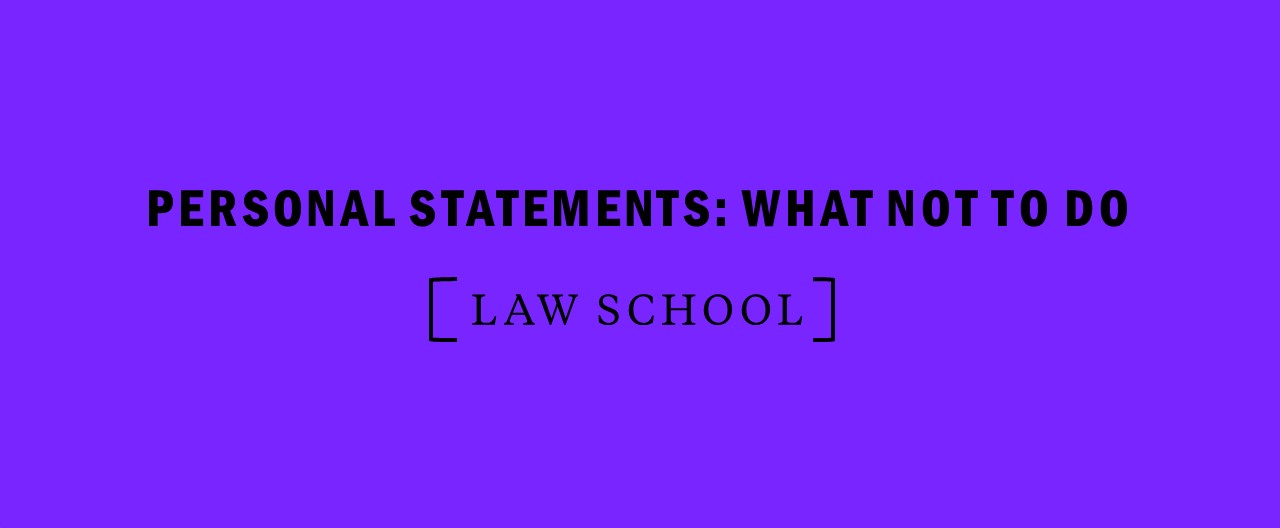Hitting Harvard: How to get a 175+ LSAT score
You study, read books, take a practice LSAT exam, and walk away with a 170. Not bad, but not your goal either. You review, understand why you got every single question wrong, and take another practice test. 172. Ok, progress. Repeat your system again and get a 171. Hm. Something’s wrong with this picture.
It’s time to change things up with a more complete strategy. 175+ test takers get into habits that help them throughout the test and change their study habits so they get the most out of every problem. Some of these things you may already be doing (hey, at the high 160/170 range, you’re no slouch), but take a look at what top testers know so you can add to your strategies and join the 175+ ranks.
[ RELATED: How Important are LSAT scores for law school? ]
Know what you don’t know.
One of the best signs that you’re ripe for improvement is the ability to tell when a question isn’t going well. As you’re going through the test, you should have questions you’re confident with and questions that you may not be certain on. Once you know you’re on a challenging question, you can kick your reasoning into high gear.
Know the questions you missed.
After you take a practice LSAT exam, do you find yourself scanning it quickly? You read the right answer choice, read the answer choice you picked, and say “Oh yeah, I can see why the other one is the right answer.” Then you just move on? Well, stop doing that.
It does you absolutely no good to understand why an answer choice is right. Instead, you need to understand why you were misled by another choice and what you need to change about your approach so you’re not misled in the future.
And keep in mind that an appropriate strategy change is never “Think harder” or “Don’t miss connections.” Those may be the goals, but you need a concrete way to reach those goals. Thinking harder is not a process. Underlining keywords or diagramming the core of an argument is a process.
Know what’s wrong with all four answer choices.
This can sound simple, but it’s actually difficult to come with concrete reasons why each answer choice is wrong. Often, people eliminate an answer choice because it doesn’t sound right or because it’s not what they predicted.
Those are both bad reasons to eliminate an answer.
A 175+LSAT test taker will be able to identify specifically what word, idea, or phrase makes an answer choice incorrect.
For most questions, there will be multiple problems with each answer choice. While you only need to find one when you’re taking the test, in review, try to find them all. A great way to practice this is to change each wrong answer choice to a right one, making as few changes as possible.
Know how much time a question takes.
On average, an LSAT question takes about one minute and twenty seconds. In theory, you can spend exactly 1:20 on every question and finish the test on time. 175+ test takers don’t do that. Instead, they go through the easier questions quickly without sacrificing accuracy, then spend extra time making sure they can carefully analyze those difficult questions.
In order to do this, you’ve got to have a sense of when a minute has passed. You’ll have a watch on test day (if you don’t have one yet, go get one now) but it’s unrealistic and unproductive to look at your watch every minute. Figure out what one minute of working on an LSAT problem feels like so you know whether you’ve spent too much time or have extra time left.
[ RELATED: LSAT Timing Tips ]
Know the test.
The LSAT is unlike any exam you will ever take. It requires no content knowledge and tests skills that you’ve probably never had tested on a standardized exam. Yet people still continue to seek out ways to outsmart the test.
The LSAT tests your logical reasoning ability. Given a set of facts, what conclusions can you come to, can you debunk another person’s conclusions, and can you derive a set of facts from a larger piece of text?
These are all skills you absolutely must have to succeed in law school and at Harvard. Why not take the LSAT as an opportunity to improve these skills and give yourself a head start for law school?
The LSAT is considered a predictive test because those 175+ test takers tend to do better in law school. They, and soon you, develop their logical reasoning skills in ways that will continue to benefit themselves.
What to do if you get a low score on the LSAT?
Getting a low score on the LSAT can be disappointing but it’s important to remember that it’s not the only chance you have to get a high score. Here are some steps you can take to raise your LSAT score.
Take a break
It’s important to take a break and give yourself some time to process what just happened. Take a few days off from studying and do something you enjoy.
Analyze your score report
When you’re ready, take a look at your score report to identify which sections you struggled with. Then take that information and incorporate it into a new LSAT study plan.
Evaluate your study approach
Consider what worked and what didn’t work during your studying. Did you find you struggled with finishing all of your reading comprehension passages as quickly as needed? Or maybe you found LSAT formal logic strategies difficult to implement on test day.
Retake the LSAT
You are allowed to retake the LSAT and many students choose to do so in order to improve their scores. Just make sure you give yourself ample time to improve your score and that you feel confident about your abilities.
[ RELATED: LSAT Test Dates ]
Consider other admission factors
Keep in mind that law schools consider a variety of factors in their admissions processes. A good GPA, strong personal statement, and letters of recommendation can play a significant role in your application in addition to LSAT scores.





